Many people see Windows update failures right after turning on a new device. It can be confusing when updates won’t install, especially with no clear reason why. In this guide, we’ll go over four reliable ways to troubleshoot “update keeps failing on Windows 10 and 11” problem.
In this article
Part 1: Why Windows Updates Keep Failing?
“Windows updates keep failing” problem is common for both Windows 10 and Windows 11 users. To fix the failing issue, it helps to first understand what’s going wrong. Below are some of the main reasons Windows updates fail, along with more details on why they matter.
- Low Disk Space. Updates need free space to work. Not just for downloading the update, but also for unpacking and installing it. If your hard drive is close to full, the update may start but never finish.
- Corrupted System Files. Windows relies on certain core files to run updates properly. If those files are damaged or missing, the update process can break down. This can happen after a crash, a failed installation, or even a sudden power outage.
- Internet or Network Issues. Your computer needs a stable internet connection to download updates from Microsoft’s servers. If your connection is weak, keeps dropping, or is being interrupted by a firewall, the download might fail or get stuck.
- Problems with the Windows Update Service. Windows updates are managed by background services that run quietly in the background. If these services are turned off, stuck, or not working right, the update won’t happen.
- Conflicting Software or Drivers. Some third-party programs don’t play well with Windows updates. Antivirus software, for example, can block parts of the update by mistake. Outdated drivers can also stop Windows from applying new updates, especially if the hardware no longer meets the system’s requirements.
Part 2: How to Troubleshoot Windows Updates Keep Failing Problem?
Now that you know what can go wrong, what can you do to fix the “Windows updates keep failing” problem? Here are four simple, but effective ways to troubleshoot this issue on both Windows 11 and Windows 10.
Troubleshoot 1. Check Storage and Free Up Space
Is your computer running low on disk space? Updates need several gigabytes of space to work. If you're close to full storage, try clearing temporary files or removing apps you no longer use. Freeing up space gives the update room to install without interruption.
Step 1. Press Windows + I to open Settings.
Step 2. Go to System and pick Storage.
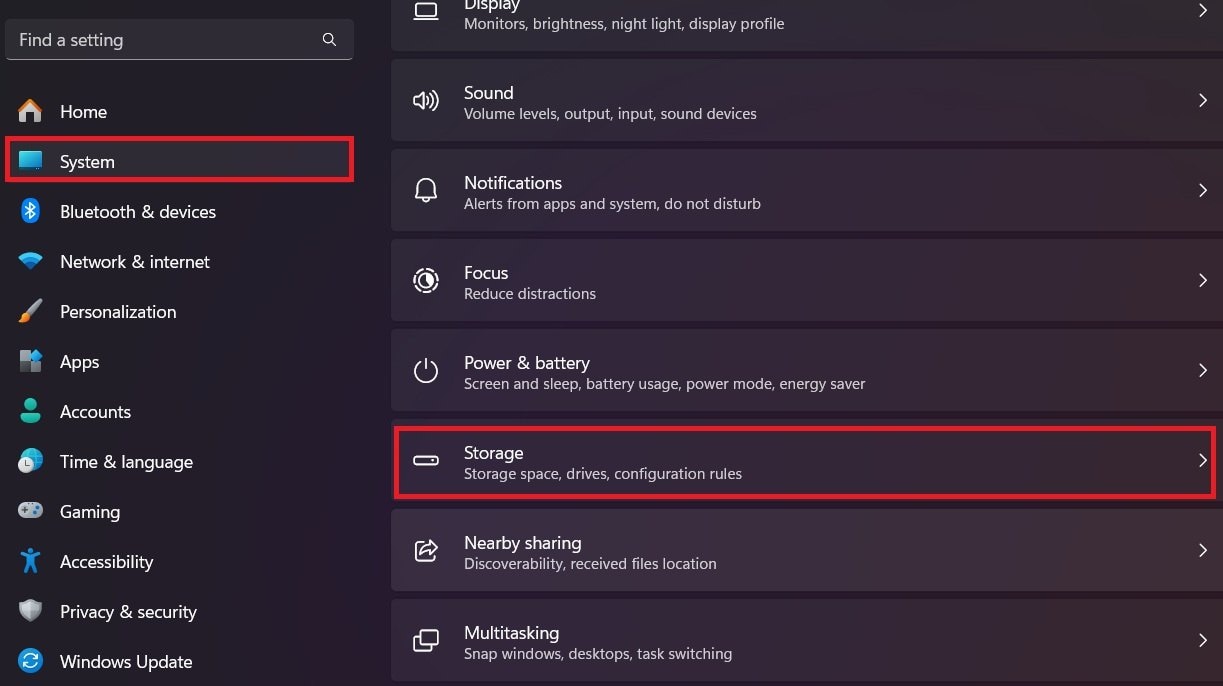
Step 3. Look under Local Disk (C:) to see how much free space is available.
Step 4. If you have less than 20 GB free, it’s a good idea to clear some space. You may uninstall some unused apps and manually delete large personal files.
Troubleshoot 2. Run Windows Update Troubleshooter
This built-in tool can detect and fix common update problems automatically. It checks for issues with services, downloads, and update files. If anything is wrong, it helps fix it so that updates can go through smoothly.
Step 1. Open Settings.
Step 2. Go to System and click on Troubleshoot.
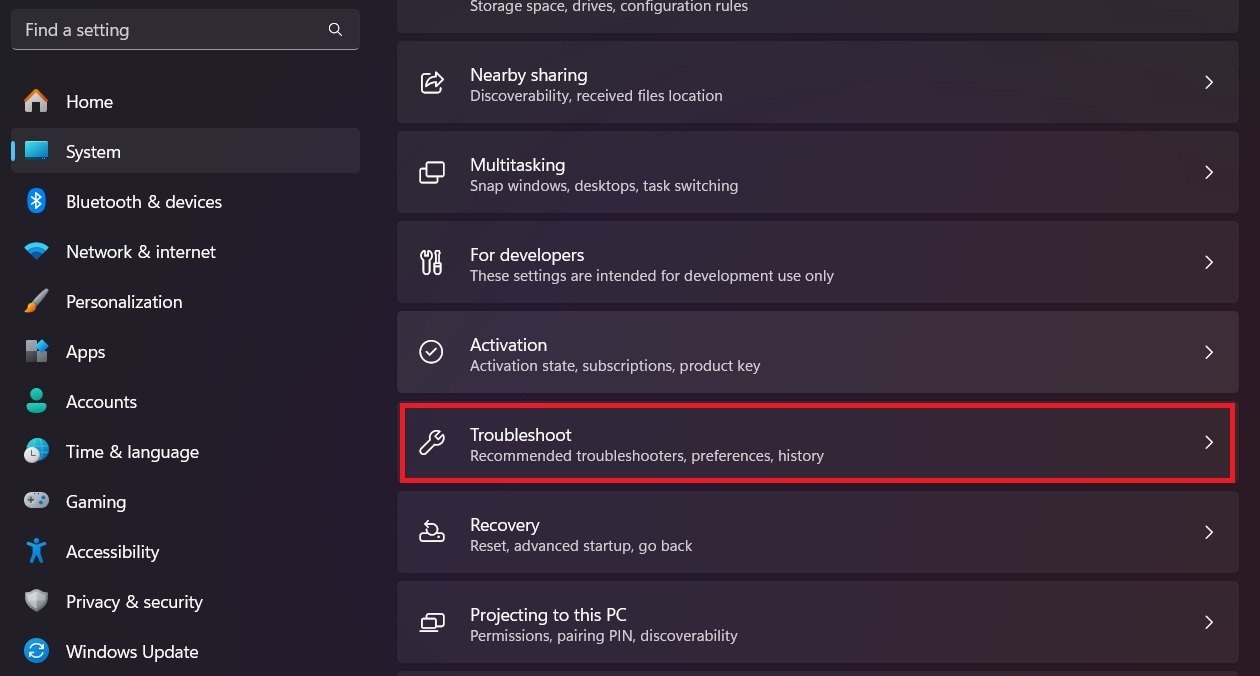
Step 3. Choose Other troubleshooters for Windows 11. Or navigate to Update & Security. Click Troubleshoot then select Additional troubleshooters on Windows 10.
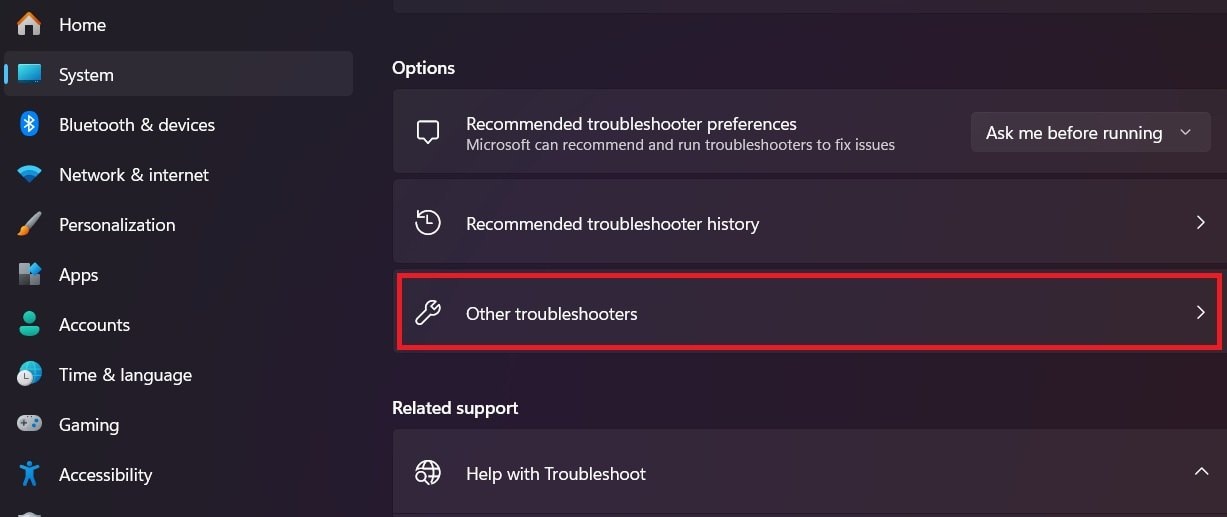
Step 4. Find Windows Update in the list. Click Run or Run the troubleshooter.
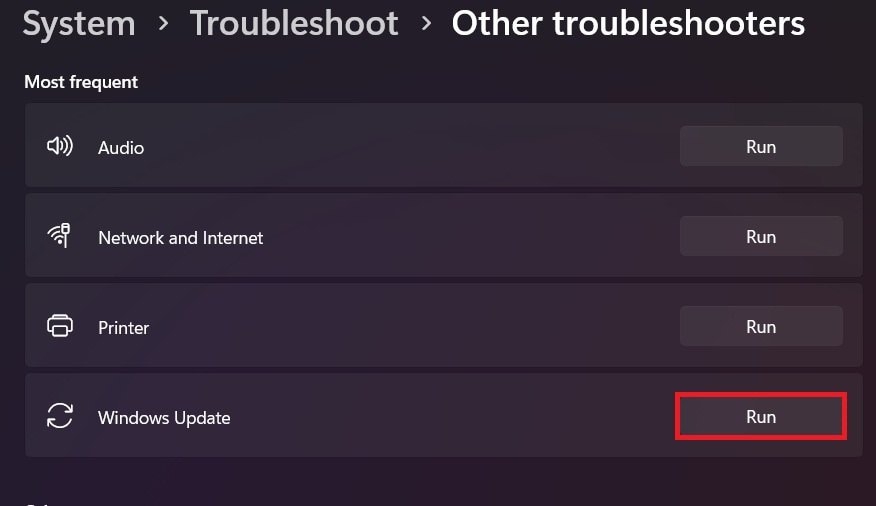
Troubleshoot 3. Reset Windows Update Components
Sometimes, the update system itself gets stuck. Resetting the update components can clear old data and let the update start fresh. This can help if your updates are failing over and over again.
Step 1. Type cmd in the Windows search box.
Step 2. Once Command Prompt shows up, click it and select the option to Run as administrator.
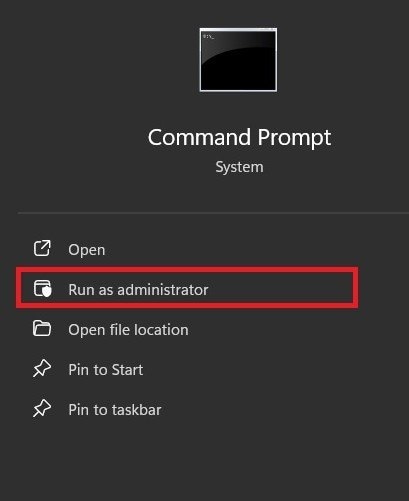
Step 3. In the Command Prompt window, type the following commands one by one and press Enter after each:
net stop wuauserv
net stop cryptSvc
net stop bits
net stop msiserver
ren C:\Windows\SoftwareDistribution SoftwareDistribution.old
ren C:\Windows\System32\catroot2 catroot2.old
net start wuauserv
net start cryptSvc
net start bits
net start msiserver
Step 4. Close the Command Prompt.
Step 5. Restart your computer and check for updates again.
Troubleshoot 4. Manually Install Updates
If nothing else works, installing the update manually is another option. You can download the update file directly from Microsoft’s website. This method skips the automatic update process and often solves the issue.
Step 1. Visit the Microsoft Update Catalog.
Step 2. In the search field, input the update’s KB number. You can find this in Settings. From the Windows Update, click Update history.

Step 3. Download the correct update file for your system (32-bit or 64-bit).
Step 4. Once downloaded, double-click the .msu file to start the installation.
Step 5. Restart your computer after the update completes.
Part 3: How to Deal with Corrupted Files After a Windows Update Failure?
When a Windows update fails, it can sometimes do more than interrupt your system. It can leave your files damaged or unreadable. Videos may not play, documents might refuse to open, and photos can appear blank or broken. This kind of corruption often happens when the update process is cut short or when essential system files are affected.
To fix these issues, you can turn to Repairit, a trusted repair tool designed to restore corrupted files caused by system crashes, incomplete updates, or power interruptions. It offers three dedicated functions, and each of them is built to handle a different kind of file damage.
Repairit Video Repair
If your videos have become unplayable or show error messages after a failed update, the Repairit Video Repair function is designed to bring them back to life.
Key Features
- Supports widely used formats like MP4, MOV, AVI, and more
- Repairs videos corrupted by failed updates or system crashes
- Offers an advanced repair mode that uses a sample video for tough cases
- Allows batch repair to fix multiple videos at the same time
Repairit File Repair
If your Word documents, Excel sheets, PowerPoint files, or PDFs are damaged and won’t open properly, you can use the Repairit File Repair function to restore them.
Key Features
- Repairs DOCX, XLSX, PPTX, and PDF files with formatting and layout intact
- Handles files that are completely unreadable or partially corrupted
- Supports batch repair for fixing many files in one go
- Restores text, fonts, graphics, and embedded content accurately
Repairit Photo Repair
If your photos look blurry, pixelated, or fail to load after the update, the Repairit Photo Repair function is built to recover them.
Key Features
- Fixes image formats like JPG, PNG, TIFF, and more
- Repairs visual problems like distortion, color loss, or missing sections
- Offers two modes: quick repair for common damage and advanced repair for severe issues
- Keeps original photo quality while restoring details
General Key Features of Repairit
- Repairit supports multiple file types in one program
- It is simple and beginner-friendly interface
- Keeps your original files untouched during repair
- Repairit lets you preview repaired files before saving
- Effective after failed updates, crashes, or other system problems
Deal with Corrupted Files After a Windows Update Failure

Conclusion
Windows updates are supposed to help your system, but they don’t always go as planned. Whether it’s a space issue, internet glitch, or broken system file, updates can sometimes fail. Thankfully, there are reliable ways to troubleshoot the Windows update problem.
If you’ve already faced the “Windows update keep failing” problem and found damaged files, you don’t need to panic. Tools like Repairit Video, File, and Photo Repair can help restore your important data. That way, even if an update goes wrong, you can recover and keep working without losing what matters.
FAQ
What happens if I ignore a failed Windows update?
You might miss important security patches, system improvements, or bug fixes. Over time, this can make your computer less safe or cause apps to stop working right. Some features may not work as expected, and your system could become unstable. Fixing future problems might also become harder if you’re far behind on updates.Is it okay to pause Windows updates for a while?
It’s safe to pause them for a short time, especially if you’re working on something important. But if you delay updates for too long, you could run into performance issues or miss out on new features. Some paused updates may also include security fixes, which help protect your system from threats.Can using a VPN affect Windows updates?
Yes, some VPNs may block the update servers or slow down the connection. This can stop updates from downloading or installing properly. If you use a VPN often, try turning it off when checking for updates. If updates work fine after that, your VPN settings may need to be adjusted.

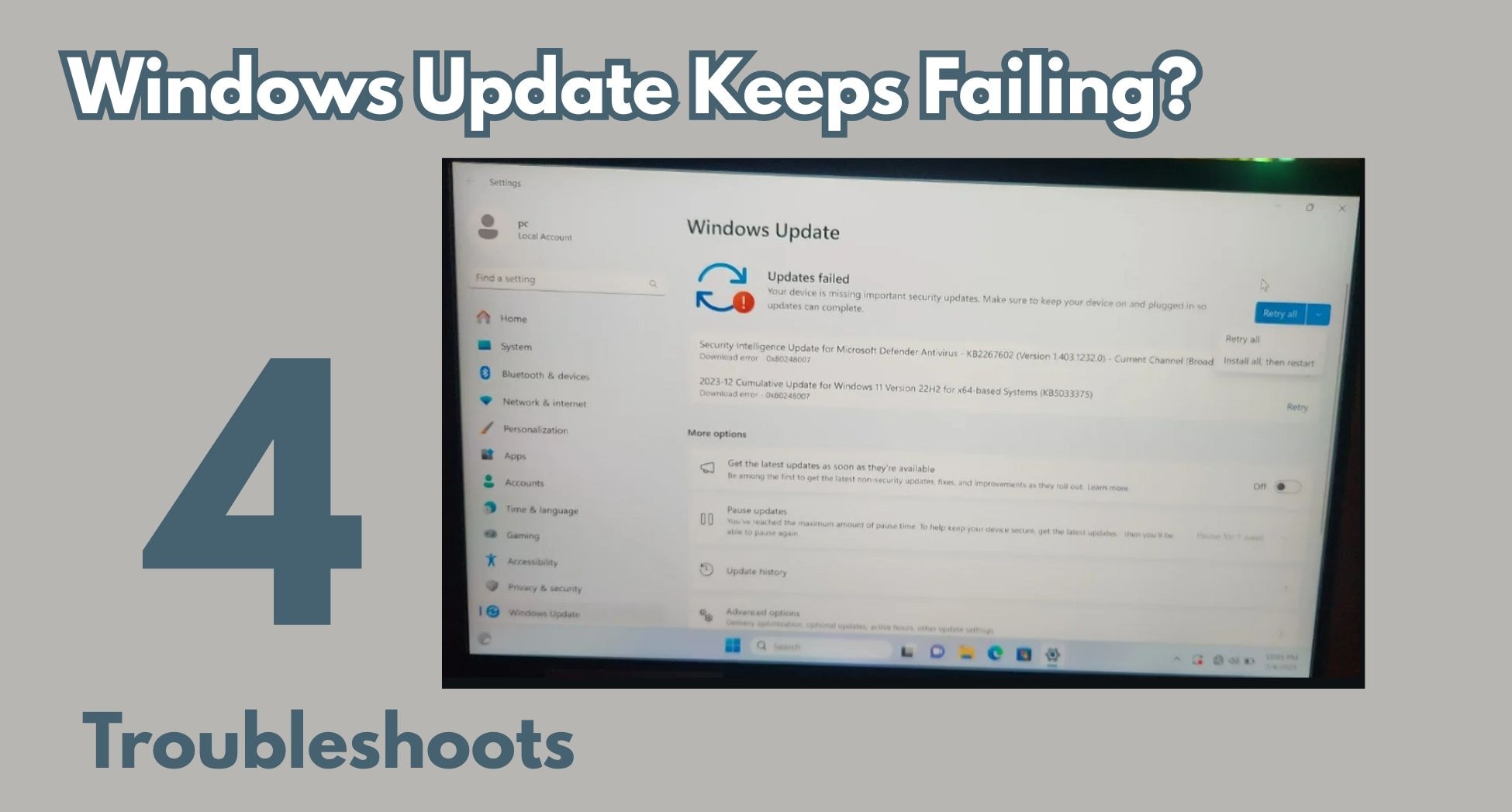
 ChatGPT
ChatGPT
 Perplexity
Perplexity
 Google AI Mode
Google AI Mode
 Grok
Grok

